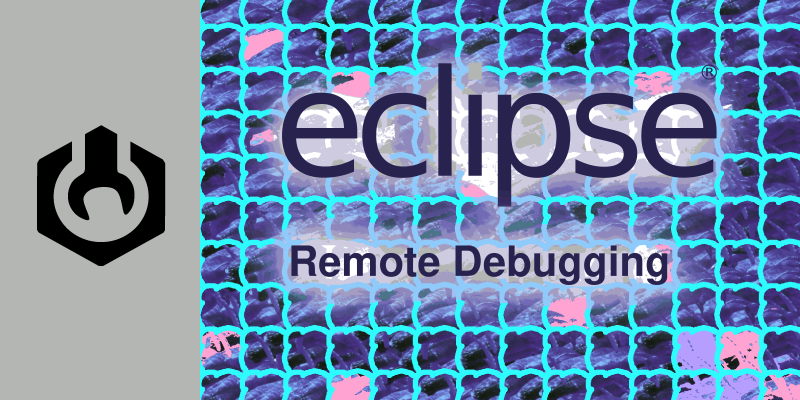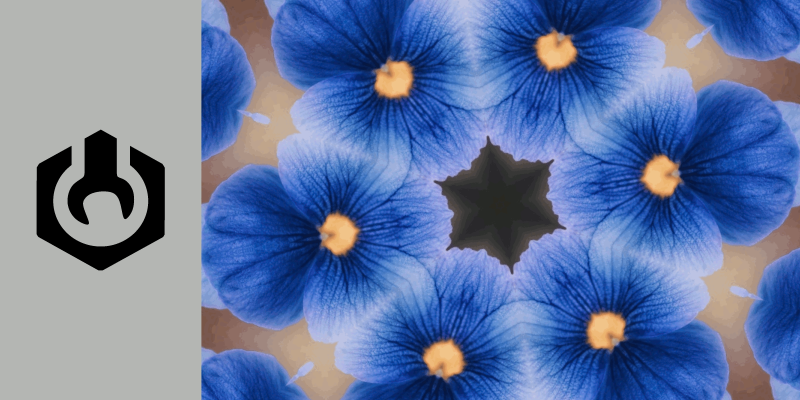Sometimes you need an encrypted partition on a computer for storing sensitive data which should not fall into the wrong hands in case of lost. Here it is described how to create and manage such a partition in the shell.
Both, Vorta and Borgmatic are backup clients and rely on Borgbackup. The setup is split into the three parts "Borg backup server", "Vorta client" and "Borgmatic client".
Because of the ongoing transition from ipv4 to ipv6 in the internet, ipv4 will be limited in routing capabilities on the ISP-side.
With today DS-Lite stacks given by the ISP, the NAT-routing mechanism has been shifted to the ISP-side and not more than a local ipv4 network without public IP's is offered.
The Docker containers are deployed and accessible from the outside world - nice! But opening pages of certain services in the internet browser reporting "Your connection is not secure". This happens because of missing SSL certificates. A reverse proxy in front of multiple docker services allows a mapping from subdomains to IP/ports in your local network. Furthermore the needed SSL certificates can be automatically requested from the free certifcate authority "Let's Encrypt". All the jobs are managed by "nginx proxy manager" and it could also be deployed to a Docker container.
The goal is to setup the simple remote debugging facility of Eclipse for cross target debugging. The target need to run the gdbserver. With this solution, it is only possible to debug the application on user level.
A new personal computer or server must be setup with a Debian OS and Docker must be installed. The Docker services from an old PC moving to the new one.
Some services like inadyn or ddclient for updating a resolvable name at a DynDNS provider are sometimes hard to configure. The ddns-updater comes in a Docker image and a web interface for monitoring the state. So let's try this out.
In case of the need of a hard real time operating system in addition to a Linux OS, here it is described howto do that. Additionally the EtherCat library SOEM is also parrt of the system.
Unfortunately the Raspberry Pi OS does not support a precompiled PREEMPT_RT patched kernel for armhf in their repositories. It is described here roughly how to do the task.
For debugging the STM32 development board latest Eclipse with gdb connected to the gdb server running on a USB connected Segger J-Link hardware debugger is needed.
This is a guide to setup an IDE (Eclipse) and toolchain to develop applications for bare metal ARM board like the OLIMEXINO STM32.
The Remote Systems Explorer is a useful plugin to gain access to a remote target running Linux having a shell, file transfer and process handling of the target. Also a remote Eclipse-workspace via ssh could be established.
The Target Communication Framework is a useful plugin to establish a powerful network access to a agent running on the remote target with Linux. It can be used to open debug sessions to the target.
A docker image containing an emulated debian environment for armv7 platform is used here to install additional toolchain to cross compile wtihin container.
This is a guide to setup a github residing cmake project in Eclipse. The target is a BBB and Eclipse should be set to the arm cross tool chain so that development and debugging on the BBB is possible.
The zsh and its community driven framework oh-my-zsh makes you feel a 10x developer, if you believe the authors. Here it is described, how to install zsh alongside with oh-my-zsh with a few useful extensions.
Here it is described how to install OpenWRT to a Linksys WRT1200AC. Other routers should be similar . A few basic features like printserver, DoH and mDNS are listed here.
This guide shows how to setup a virtualized qemu environment on a Debian-PC for running a RaspberryPi OS.
Here it is shown how to update a resolvable name at a DNS service like dynv6.com using ddclient on a Debian Linux operating system.
The idea is to run a docker host on the router running openwrt. It should be possible to run certain containers on the router to be accessible 24/7 from the internet. Because docker and the images consuming a lot of disk memory, the internal flash of the Linksys router is not sufficient and a external USB memory drive needs to be attached to the router. The boot process is in two steps, the first step is starting from the internal flash and mounting the external root filesystem. The second step is booting further from external rootfs.



















